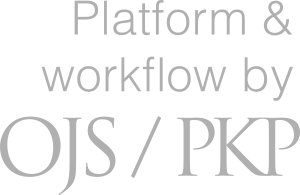The aspect of time in online health information behaviour
a longitudinal extensive analysis of the Suomi24 discussion forum
Avainsanat:
health information behavior, health, social media, time, temporalityAbstrakti
Temporal structures and rhythmicity are universal phenomena and affect all aspects of life, including dynamic processes like health and well-being that change over time. Health related issues and threats trigger health information behaviour, a majority of which happens online and thus leaves digital traces behind. This study analyses the temporal variations and rhythmicity of health information behaviour through the action of online posting in a large Finnish discussion forum, Suomi24. The findings in this study show that health information behaviour follow clear and robust rhythmicity on both a seasonal and daily level. This endorses the notion that well-being, health and illness are dynamic processes that change with time and can help provide a more holistic picture of health and well-being, including aspects that fall outside professional healthcare settings. Studying when health information behaviour happens can thus have wide-ranging consequences.

Viittaaminen
Copyright (c) 2019 Jonas Tana; Emil Eirola; Kristina Eriksson-Backa

Tämä työ on lisensoitu Creative Commons Nimeä-EiKaupallinen-JaaSamoin 4.0 Kansainvälinen Julkinen -lisenssillä.




